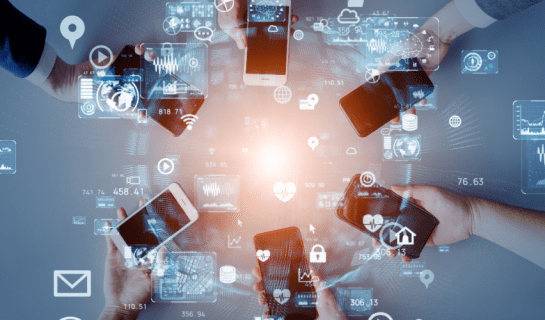Making Technology Work For You – Built in technology

Accessible tech has long been an expensive means of reading, writing or generally having easy access to the world at our fingertips. Whether you want to read the latest novels, write your next blog or stay in touch with relatives across the world, for too long it has needed expensive software, magnifiers or extra gadgets in order to do it with any kind of ease, but now that has changed and, in this article, we are going to explore how.
When we say it’s built in, we mean it. Microsoft for example have had their ‘Ease of Access’ centre for a long time, ironically it wasn’t that easy! However, in Windows 10, there was an upgrade which ended up with the software really warranting its name.
The magnifier was the biggest improvement, whereas before it only gave you a fixed window at the top of the screen, it now has full screen magnification. Full Screen magnification had been around for years but never included on Microsoft Ease of Access, the difference it makes is massive, it is so much easier to track what you are looking at with full screen magnification rather than the fixed window.
Combine the magnifier with the excellent high-contrast settings and you have yourself a screen big enough and clear enough to read without breaking the bank.
The front runners with in-built accessibility, in my opinion, are Apple. VoiceOver and Zoom have long been featured on Apple Mac’s and when Apple launched the iPhone and changed the way we all used mobile phones, they did so with blind and partially sighted people in mind. Whilst the original iPhone didn’t feature VoiceOver, the 2009 model did, and since then it has become a go to for many blind and partially sighted people.
Android was next to the party when they introduced TalkBack to many of its handsets. Working in a very similar way to VoiceOver, TalkBack allows blind and low vision users spoken access to all aspects of smart phones and goes some way to levelling the playing field to sighted peers.
As well as the screen reading functions, both iPhones and Android phones also feature magnification, so if something on the screen is too small to read, you can expand it with your fingers, and it is magnified to a level that will make it easier to read. No more need for an optical magnifier to read your screen.
With such amazing high-resolution screen quality, high-contrast black on white or white on black (dark mode) built in to almost every device on the market, blind and partially sighted users finally have some degree of parity and can access anything we want to with far more simplicity and affordability.
This gives you a very brief look into what is built-in to smart phones, PC’s and tablet devices, but what about what isn’t built in but can be downloaded?
All of these devices allow you to download apps, apps are a piece of software that will perform a certain and dedicated task. There are apps for just about anything and as we are talking about accessibility, it seems right to talk about the ones that really help blind and partially sighted users.
Let’s start with SeeingAI for Apple, and Google Lookout for Android. Both are very similar in what they do. Basically, they will use the devices camera to look at text and read it back to you, identify products such as groceries and can describe scenery. Both SeeingAI and Lookout are excellent at what they do and are free to download.
Other apps such as Google Maps, Moovit and UK Bus Checker can all help you to navigate and travel with far more confidence. Whether it’s step by step direction or accurate bus times, these apps all make getting to your favorite places far easier than ever before and again, they are all free to download and use.
So, whilst high-tech gadgets do a very worthwhile job and are still excellent and worth using, they are not the only option. Take a look at the phone in your pocket, the tablet on your coffee table or the PC on your desk and check out what it can do for you without you having to spend more money.
If you need any help to set it up and get to know what your current devices are capable of, then give us a call and we can help.
By Marc Gulwell, Senior Sight Loss Advisor
